As a Philly bicycle commuter, it’s long been my dream to race through the city slapping tickets on all the cars parked in the bike lanes.
In the eyes of bikers, many of the everyday users of city streets — delivery trucks, contractor vans, Ubers picking up and depositing passengers, even residents dropping off groceries — are very real dangers. Riding nine miles a day on the Spruce and Pine street lanes, it’s rare I can go more than two or three blocks without having to merge in and out of car traffic to avoid obstructions.
When I first learned the Philadelphia Parking Authority was adding bike patrols to assist with bike-lane parking enforcement, I was excited and more than a little curious. When I first spotted a PPA bike patrol officer in the wild, I greeted them like a hero.
Yet I was surprised to learn most of my cycling friends had never even heard of the program. And I had my own questions as well: What exactly is their mandate? Have they been successful? Is this truly the best job ever?
I arranged a ride-along to learn more.

The Rule: ‘No parking’ vs. ‘No stopping’
My hosts for the day are bike patrol officers Suraj Dinamany and Joe Pearce, and their supervisor, Tommy McMonagle. We meet in a parking lot vestibule at 8th and Filbert Streets, and they quickly dispel my notion that we’ll be doling out lots of tickets (Traffic Violation Report, or TVRs, in the PPA parlance).
“Our main job is to clear the bike lanes,” McMonagle says. Conversation is key. “[We] ask them to move before issuing a TVR,” he says.
Okay, instant gratification is not part of the game, but is it still the best job ever? Pearce and Dinamany, both seasoned PPA officers newly full time with the bike patrol, seem to think so.
“We love riding a bike,” Dinamany tells me, totally sincere. “And if you try to do something you love, you have a passion for it, you’re not working at all.”
Pearce, who patrols Center City west of Broad, hadn’t ridden a bike for 40 years before taking the job. He has diabetes and he says his condition “is pretty much under control since riding a bike.” If that sounds dramatic, consider that Pearce rides 504 miles a month, according to his phone, which issues tickets and also tracks distance.
Dinamany, who patrols South Philly, rides a whopping 758 miles a month. Assuming a five-day work week, this comes out to about 35 miles a day. Not surprisingly, he says his daily riding has been keeping his hypertension in check.
They both acknowledge the job has its frustrations. “Parking in general is frustrating,” Pearce says. “This city’s packed.”
Dinamany adds that difficult conversations are at the center of the job — “conversations where we let [parkers] know that their convenience is causing a hazard to a biker.” After a brief chat, they direct the driver to a safer place, like a metered spot or a loading zone.
Cyclists may not notice a difference, but the officers insist they’ve seen a significant drop in bike lane violations since they started their patrol. The PPA has averaged about 50 bike lane tickets weekly over the past two weeks, according to an agency spokesperson.
“I believe there is a drastic change right now with people parking in the bike lanes because they’re aware there’s a force out there to enforce it,” Dinamany says.
Then Pearce asks me if I’ve seen an improvement. I hesitate and say, “No.”
There’s an awkward moment. I tell them in some neighborhoods, I still see a vehicle obstruction on almost every block.
Then they explain the rule:
Like all PPA officers, the bike patrol determines violations based on the posted signage. And different bike lanes have different posted prohibitions. “Everything we do is written by signs,” Pearce says.
- “No Stopping” signs will land a vehicle an instant ticket.
- “No Parking,” which is surprisingly common in bike lanes, earns a driver a 20-minute grace period plus a 5-minute courtesy. Bike patrol will scan the vehicle’s plate, ask the driver to move, then either they or one of their walking colleagues will return 25 minutes later to issue a ticket if the vehicle is still around.
- If a driver is still in their vehicle, even in a “No Stopping” zone, PPA will only ticket upon refusal to move.
“No Parking” signs tend to be on residential blocks, Dinamany says. He calls out Pine and Spruce — my daily bike highways and the main Center City cycling arterials — by name.
So all of the vehicles I’m swerving around are getting a 25-minute courtesy? Mostly… yes.
Between its origin at 2nd Street and its terminus at 22nd, there is exactly one block along the Spruce Street bike lane with a “No Stopping” sign (the 1800 block, for those looking for an instant ticket). All other blocks grant bike-lane parkers 25 minutes.
Pine Street’s lane does a little better with four “No Stopping” blocks (1400 through 1700) from 22nd down to Front.
A bike lane that terminates under a bus
I suggest we follow my commuting route, so I can point out trouble spots. We take 6th Street to Spruce and Spruce to 23rd before turning around and taking Pine back through town.
It’s a beautiful day, and I can instantly understand how they love their work. Secretly, despite my griping, my commute is often my favorite part of the day. Cruising around town all day, feeling the fullness of the rhythms of this amazing city. The appeal of the job is undeniable.
Our first stop is the corner of 6th and Chestnut, where the north-south bike lane narrows and then curves into the sidewalk, ending. There’s a row of double-decker tourist buses filling the block.
Today, like every day, the frontmost bus is parked in the bike lane. It is the most consistent — and I feel one of the most dangerous — obstructions of my daily commute. I point this out.
Pearce checks the sign and comes back with bad news.
“They can park there,” he says. And he’s right, the signs not only don’t prohibit parking, they specifically say “PHILA SIGHTSEEING TOURS ONLY.” I am dumbfounded. How is this a thing? Why have a bike lane that literally terminates under a bus?
Our ride is full of these moments. My bike lane bêtes noires confirmed as kosher by the signage. Block after block of “No Parking” and very little “No Stopping.”
True to their word, the bike patrol officers stick to a conversation-first policy. They tell a plumber a few blocks further along that his vehicle has been timed. An F150 parked in the lane on the 600 block of Spruce gets a license plate scan and radio call so a walking PPA officer can come check if the truck is still there in 25 minutes.
It’s a lovely ride and my guides are excellent companions. Their professionalism is evident. They are sticking to the rules to the letter. At every obstruction, they point out the signs: No Parking. The 25-minute grace period applies.
I ask McMonagle, “Who decides what signs go where?” He answers in a manner all too familiar to most Philadelphians: “The City.”
As we ride, McMonagle grills me on bike safety and my riding habits.
We agree about the importance of letting other riders know if you’re passing and on which side. We commiserate over the cardinal sin of riding the wrong way in bike lanes.
“When you bike in the city,” he asks, “and you get behind a red light, do you stop at the red light or do you go through it?” I answer honestly that I treat red lights like stop signs and stop signs like yields. It may not be the right answer, but we are in total agreement about respecting intersections. The intersection is the key place to pay attention, as it is where we all come together: bikers, cars, pedestrians, strollers, dogs — all just trying to get across the street in one piece.
As we near our agreed upon end point, McMonagle asks me, “Are you satisfied?”
I’ve been wrestling with this question ever since our ride.
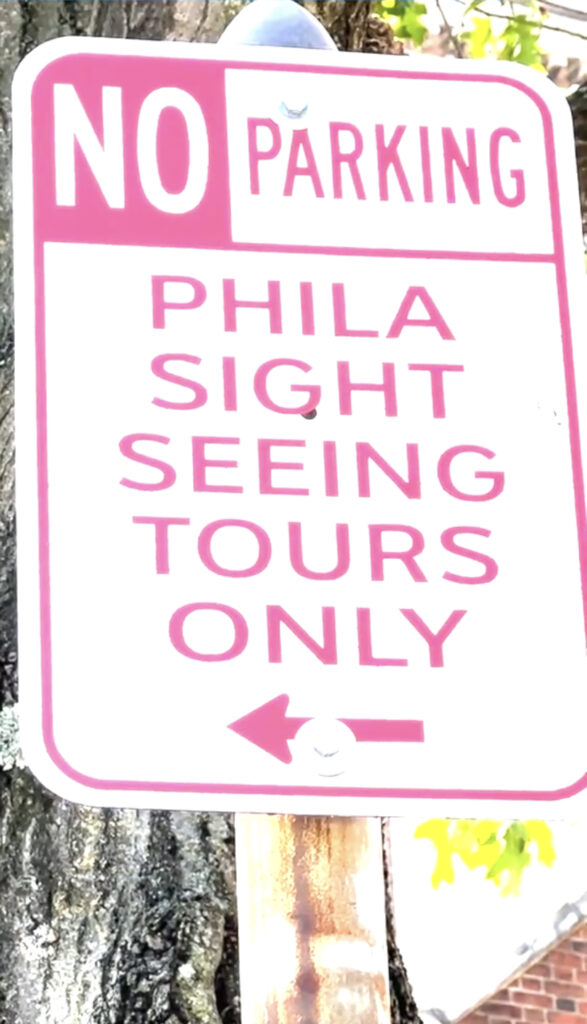
25 minutes is too long
This is a city of 1.6 million people who share the streets in 1.6 million unique ways. Our streets are narrow, and they put us shoulder to shoulder, bumper to bumper, handlebar to door — often at high speeds.
Keeping the streets safe for everyone is no easy job, and it would be impossible to satisfy all types of travelers.
Am I satisfied Officers Pearce and Dinamany are doing an honest job within the confines of their mandate, and working a sort of dream gig in the process? It certainly seems so. Am I satisfied that most people would rather move their car after a conversation with the PPA than get a $76 ticket, the perhaps too-cute price of a Center City bike lane violation? I don’t doubt that.
Am I satisfied that 25 minutes is deemed a reasonable amount of time to spend in a bike lane before earning a citation?
I am not.
In 25 minutes, dozens if not hundreds of cyclists could pass that car, each depending on the kindness and alertness of drivers to let them merge and then rejoin the bike lane.
Every day, cyclists ride past white-painted ghost bikes, tethered to parking signs throughout the city. These are memorials for bikers who were not met with kindness or alertness, but with fiberglass, steel and rubber. In January 2023 alone, three cyclists were killed in Philadelphia, nearly matching the total for all of 2022. It’s easy to forget with the adrenaline and speed, but biking in Philadelphia is scary. And it’s scary because it’s dangerous.
When I started biking in this city more than 20 years ago, the bike lanes I now travel every day were a pipe dream. People fought for them. The safety they provide is hard-won and crucial to ensuring everyone returns home whole and happy.
But it’s a fragile safety. A bike lane with a parked car in the middle feels less safe than no lane at all.
If bike lane parking enforcement is determined by the posted signage, as I learned on my ride-along, then it’s time to take a second look at the signs. More “No Stopping” and less “No Parking” would go a long way. Instant violations should be the starting point. We can work out exceptions from there — for example, one loading zone per residential block.
But we should start with the obvious: No one thinks it’s legal to park in a bike lane. Change the signs. Then let the PPA bike patrol do its job.
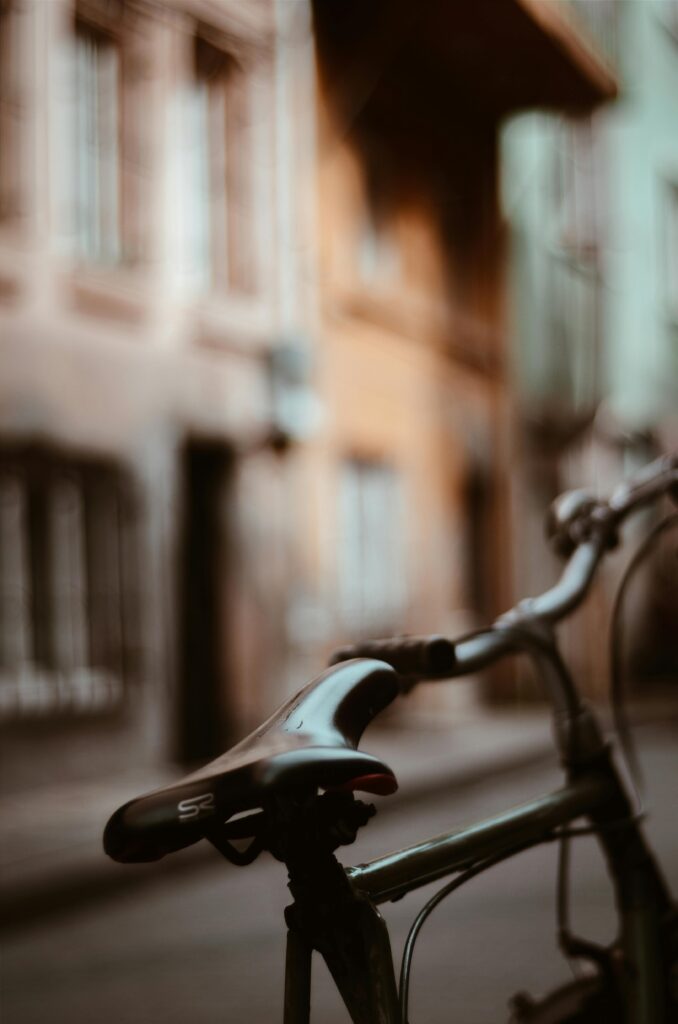
PPA bike patrol, by the numbers
- 52: Total bike lane violations for the week ending Sept. 15, 2023
- 76: Price in dollars of a bike lane violation in Center City
- 10: Number of gears on a PPA-issued Volcanic bike (for the nerds: there’s a small chain ring in the front and 10 on the cassette)
- 504: Monthly miles biked by Officer Pearce
- 758: Monthly miles biked by Officer Dinamany
- 4: Blocks on the Pine Street bike lane (Front to 22nd) marked “No Stopping,” where scofflaws earn an instant ticket
- 1: Blocks on the Spruce Street bike lane (2nd to 22nd) marked “No Stopping”


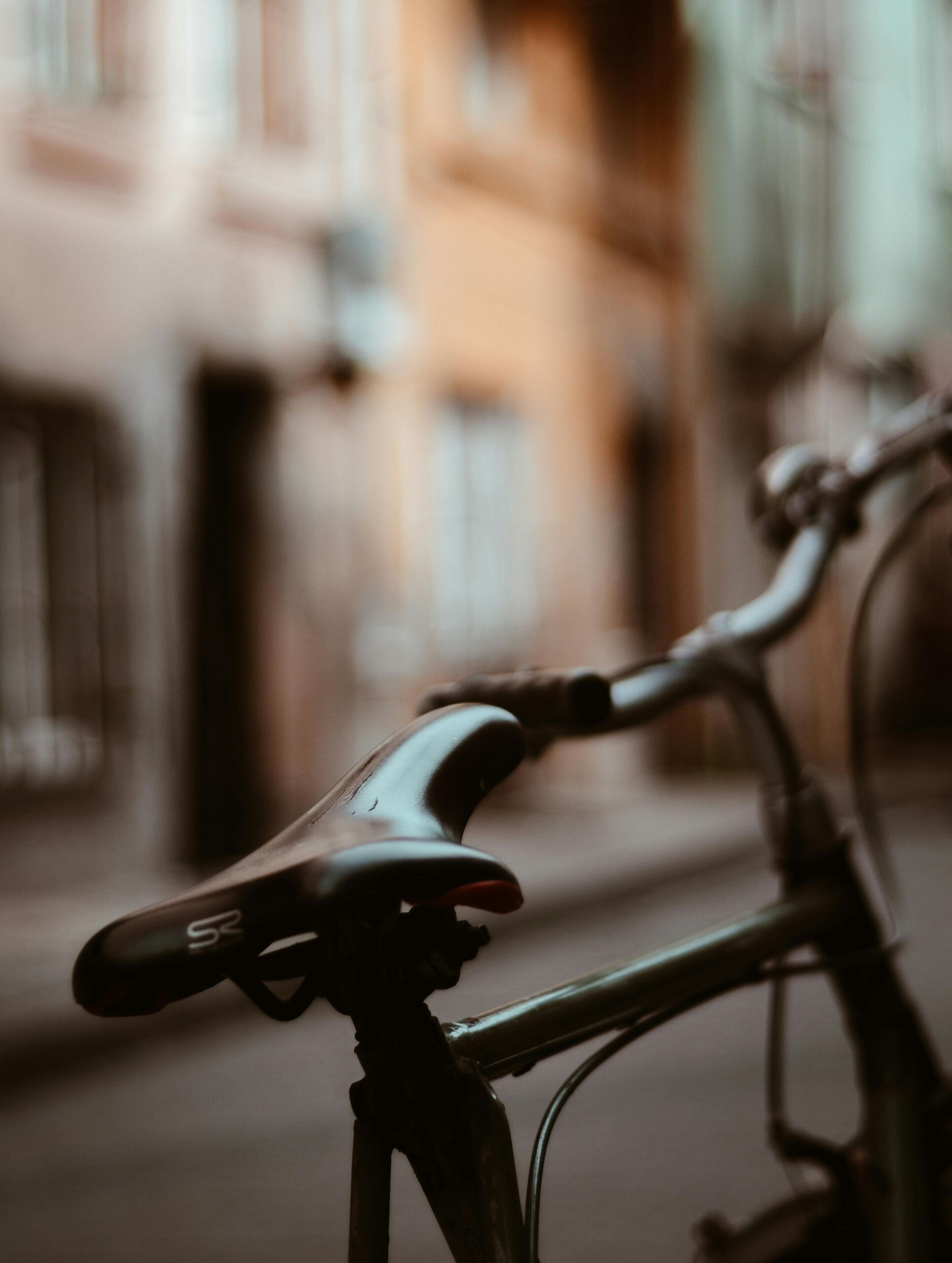
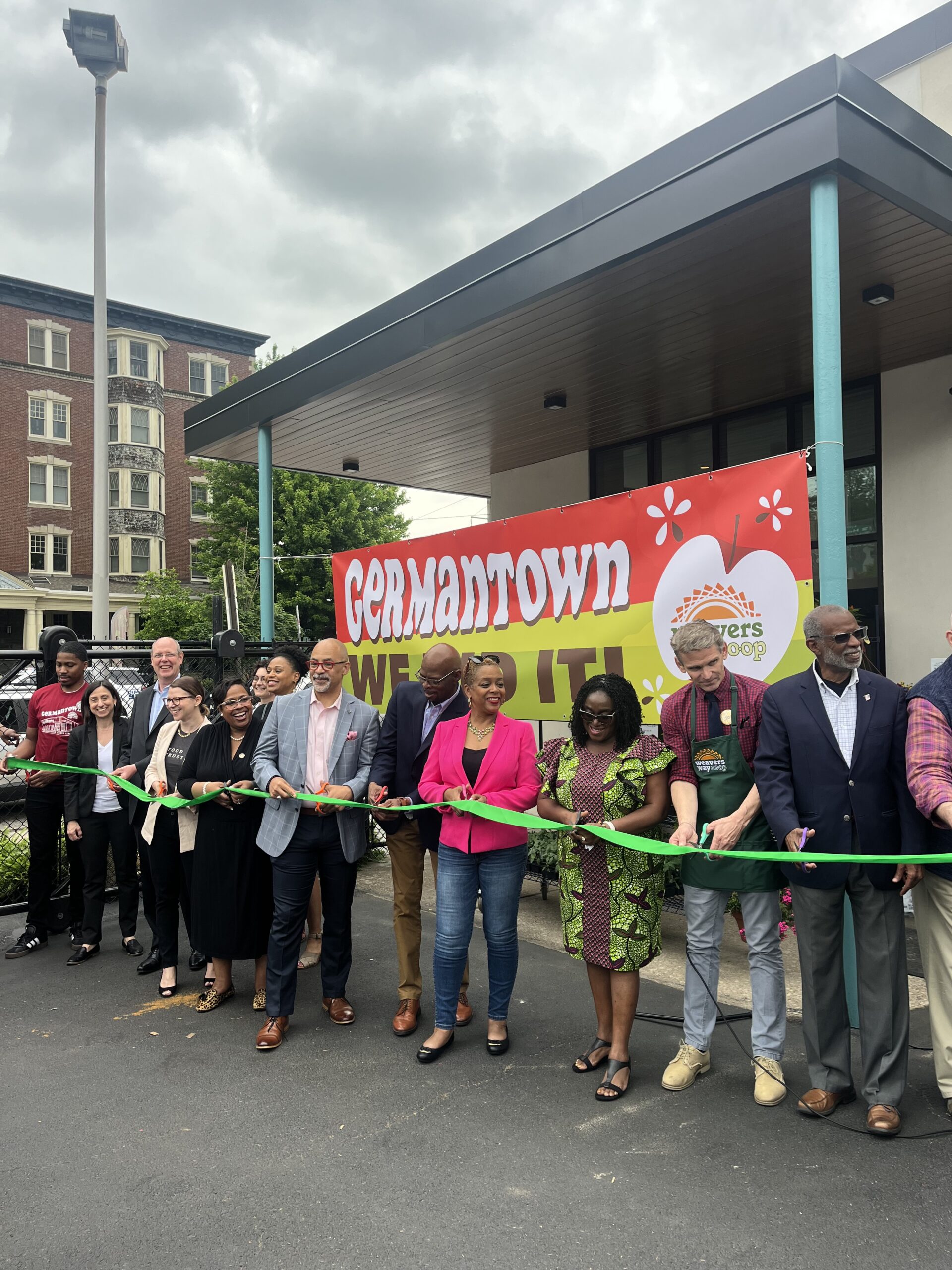
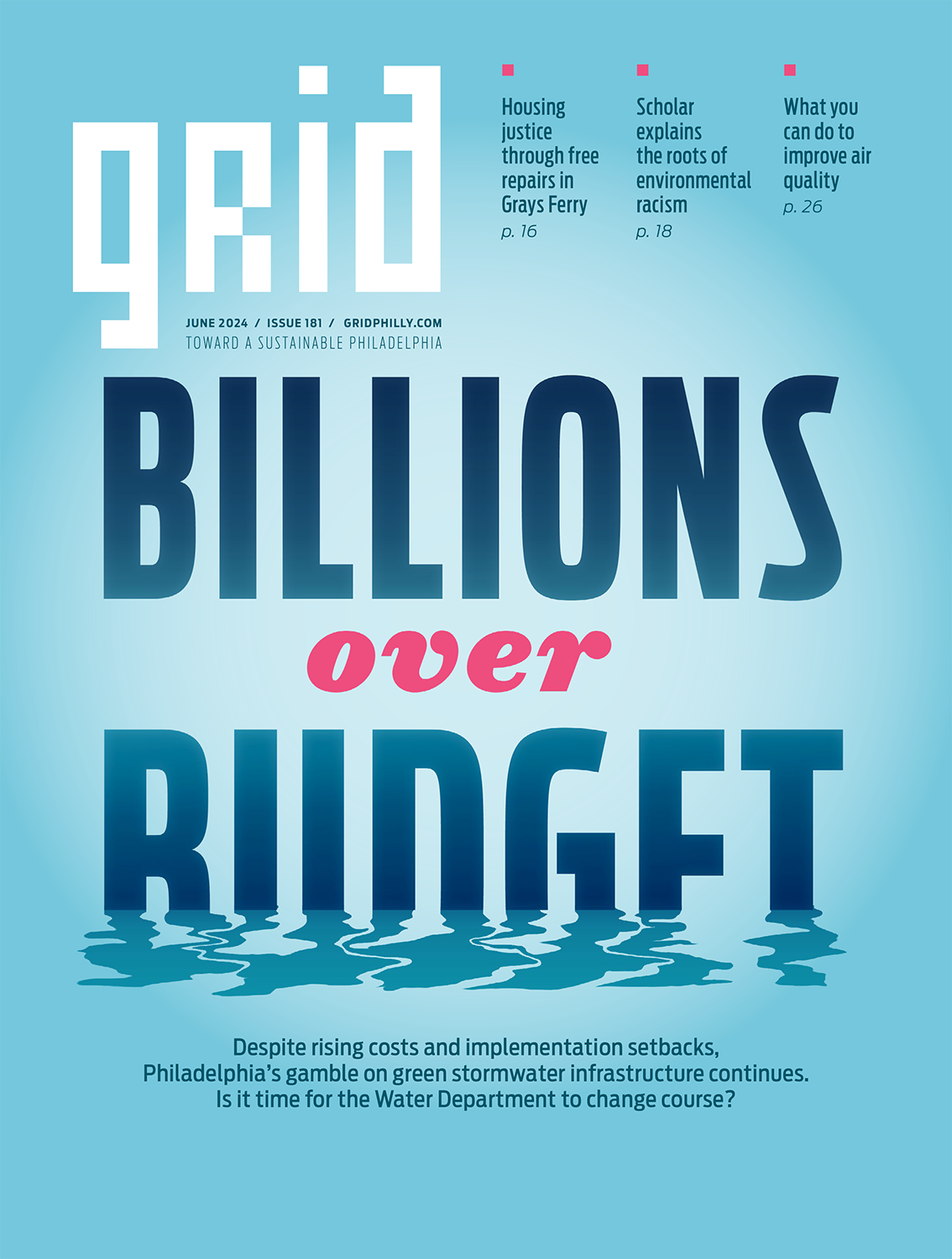

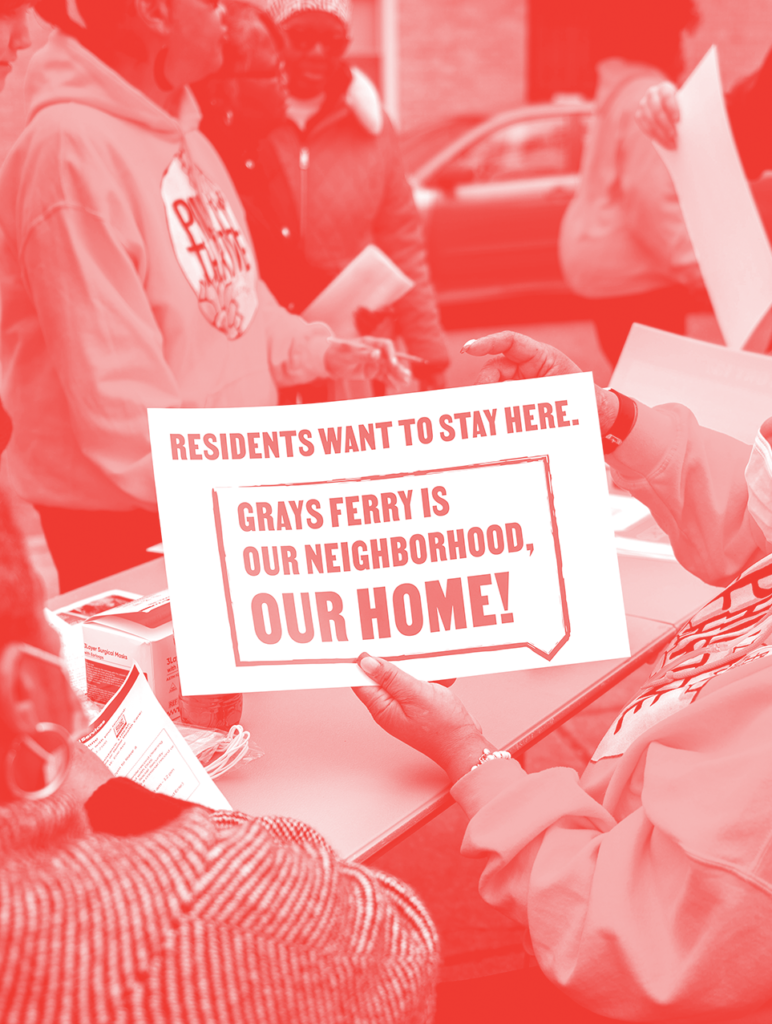


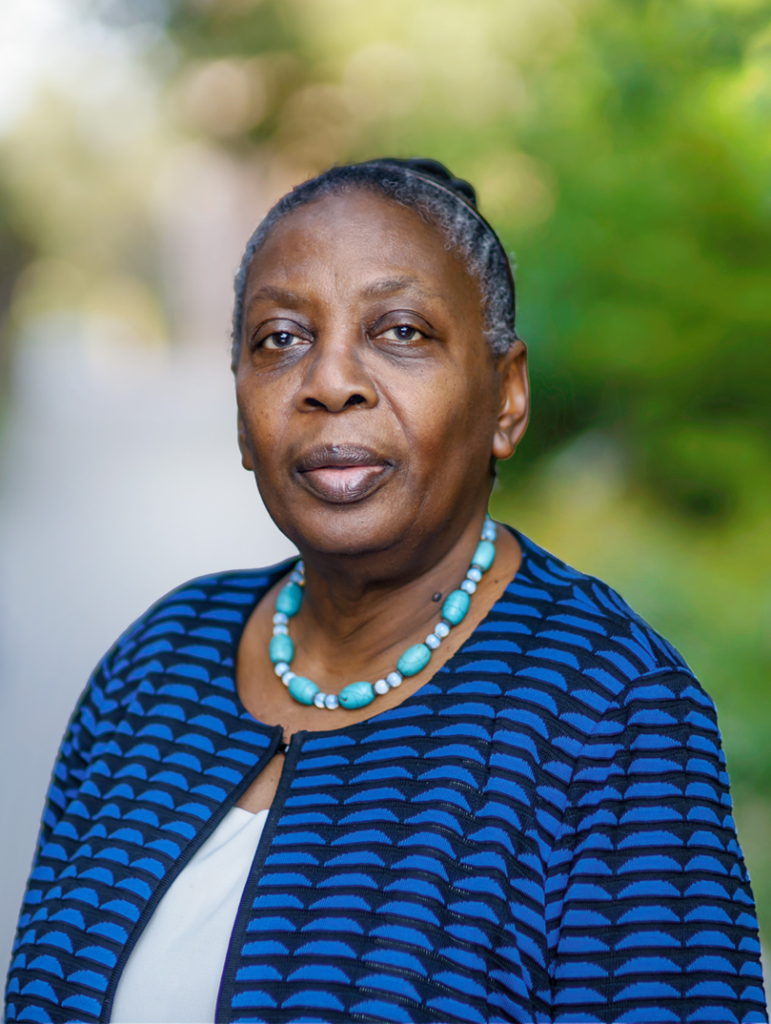
I ride my bike several times weekly in the Spruce and Pine bike lanes and until recently I lived in a house on Spruce. I understand giving people the ability to briefly park in the bike lanes as most homes have no place to unload cars or pick up passengers. This was true prior to the bike lanes when there were two lanes of traffic on Spruce and Pine. However, 25 minutes is far too long – should be no more than 10 minutes. That should be enough time to quickly unload and move. I riode my bike on Spruce and Pine before the bike lanes and I feel strongly (but with no actual data to support) that when there were two lanes of car traffic people moved their cars quickly as cars honking and the Parker’s being more aware of the annoyance to cars being blocked got their cars out of the way. I agree having a No Loading zone on each block would be great but prepare for a major fight from the homeowners. First up should be removing the right of people attending religious services to have unlimited time parking in the bike lanes.